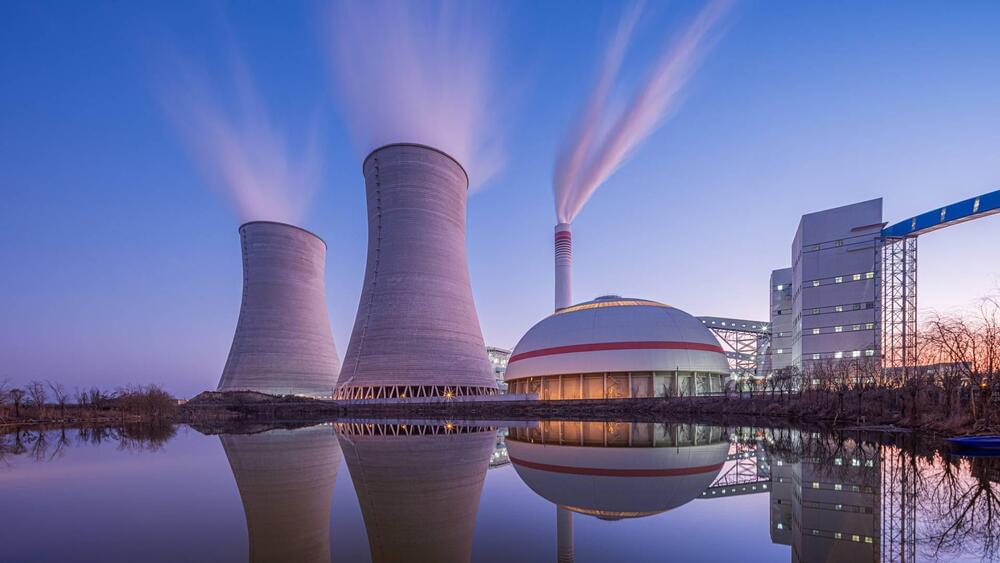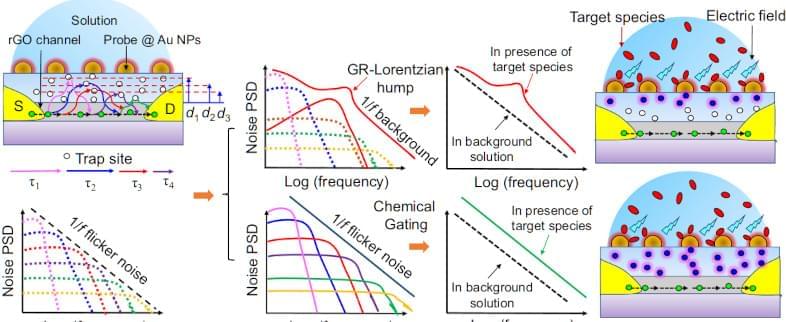Sep 3, 2023
Honor Magic V2 & Honor V Purse — The Future of Foldables?
Posted by Omuterema Akhahenda in categories: Elon Musk, mobile phones, sustainability, transportation
Don’t always follow what is popular, as what is good becomes popular, like the iPhone vs Nokia phones. How many people has Tiktok poached from Facebook? WeChat is inspiring Elon Musk. Yeah China has made fake stuff in the past, but this isn’t as well as China’s electric car market. I don’t discriminate, and I even want to buy my parents a Nigerian car that runs on LNG and CNG. Eric I hope if they make this concept, you buy Gen this Honor V Purse, or even buy both of you the Honor Magic V2.
Honor Magic V2 and Honor V Purse Unboxing, First Look and Impressions. Sponsored by HONOR.
►HONOR Magic V2: https://www.hihonor.com/global/phones/honor-magic-v2/?utm_so…=kolreview.
Continue reading “Honor Magic V2 & Honor V Purse — The Future of Foldables?” »


















